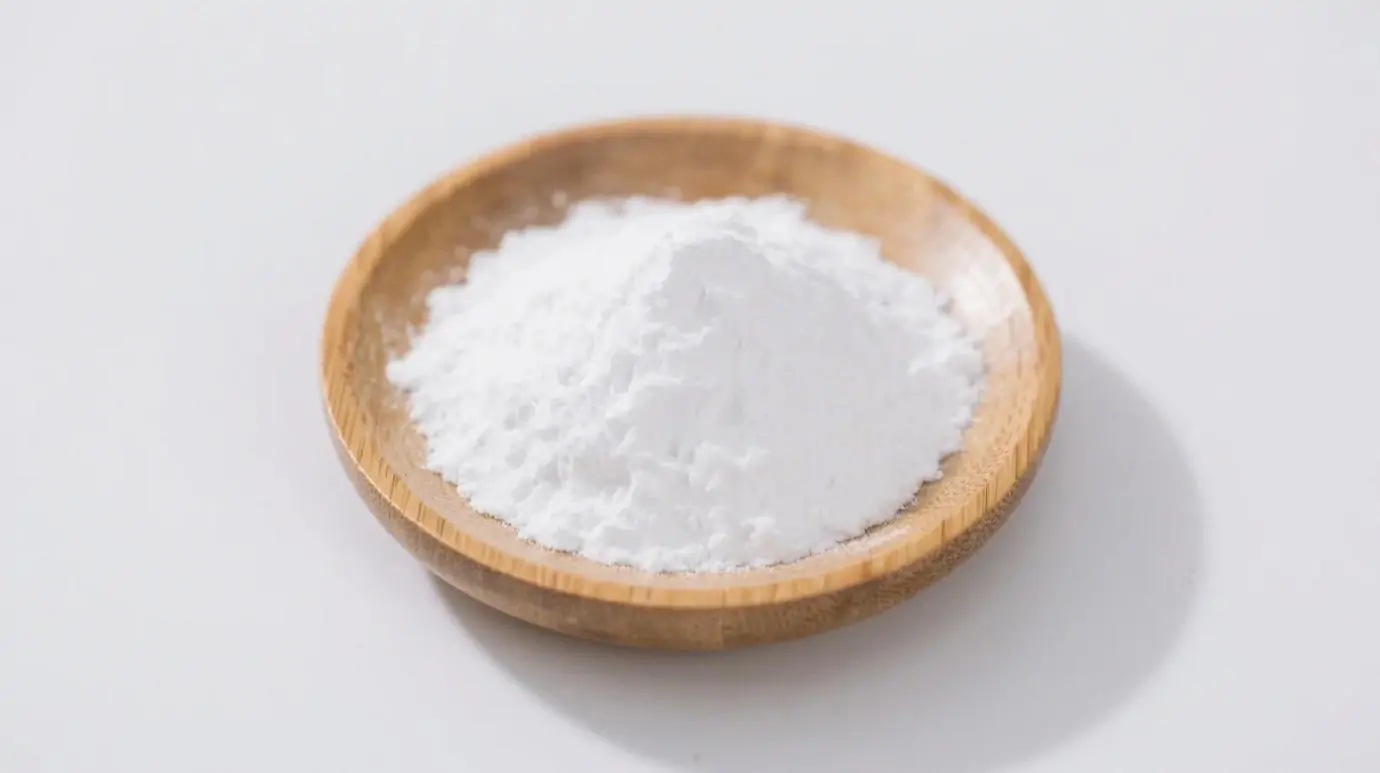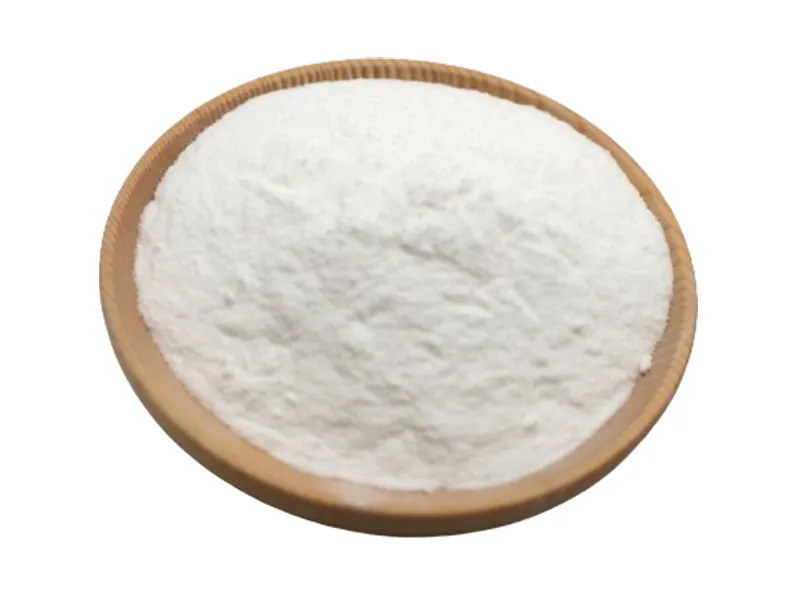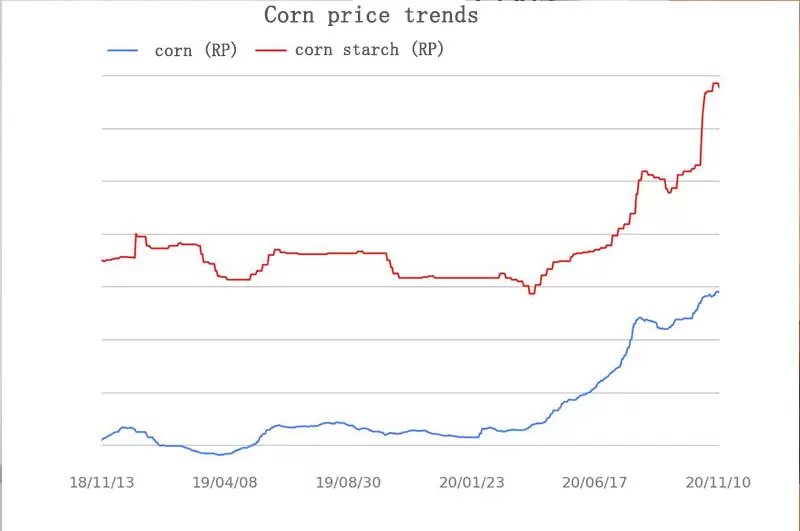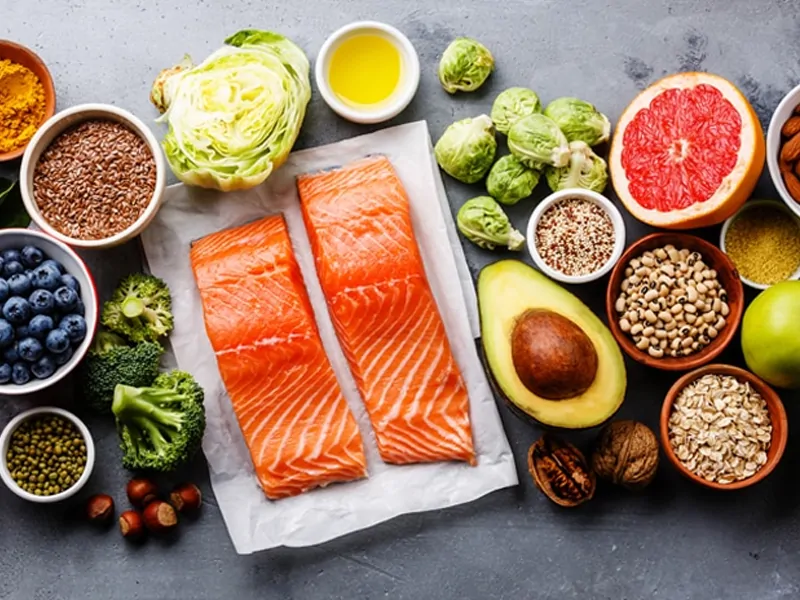Maltodextrin hides in plain sight—lurking in protein powders, snacks, and even “healthy” foods. But is this common additive just a sneaky form of sugar? Let’s unravel the science behind organic maltodextrin, compare it to sugar, and reveal why going organic matters for your health.
Maltodextrin vs. Sugar: What’s the Difference?
| Factor | Organic Maltodextrin | Table Sugar (Sucrose) |
|---|---|---|
| Source | Starch (corn, tapioca, rice) | Sugarcane, beets |
| Chemical Structure | Short-chain glucose polymers | 50% glucose + 50% fructose |
| Glycemic Index (GI) | 85–110 (higher than sugar!) | 65 |
| Digestion Speed | Rapidly spikes blood sugar | Moderate spike |
| Calories per Gram | 4 (same as sugar) | 4 |
Is Maltodextrin a “Hidden Sugar”?
- Technically No, Functionally Yes: Maltodextrin isn’t labeled as sugar, but its rapid glucose release mimics sugar’s metabolic impact.
- Label Loophole: Manufacturers use it to avoid listing “sugar” on ingredients, even in “no added sugar” products.
- The Insulin Effect: A 2020 study found maltodextrin triggers insulin spikes faster than sucrose, risking insulin resistance over time.
Why Choose Organic Maltodextrin?
Conventional maltodextrin is often derived from GMO corn sprayed with glyphosate. Certified organic maltodextrin offers:
✅ Non-GMO Sources: Organic tapioca or rice starch (no glyphosate residues).
✅ No Synthetic Additives: Free from chlorine bleaching or chemical processing.
✅ Eco-Friendly Production: Sustainable farming and water-efficient methods.
Where Is Maltodextrin Hiding?
- Protein Powders & Bars: Binds ingredients but adds empty carbs.
- Baby Formula: Mimics breast milk’s texture (controversial for infants).
- Packaged Soups & Sauces: Thickens without altering flavor.
- Sports Drinks: Boosts calorie content rapidly.
- “Low-Sugar” Snacks: Replaces sugar while spiking glucose.
Who Should Avoid Maltodextrin?
- Diabetics & Prediabetics: Its high GI disrupts blood sugar control.
- Low-Carb/Keto Dieters: Derails ketosis with hidden carbs.
- Gut Health Warriors: Feeds harmful bacteria, worsening dysbiosis.
- Gluten Sensitive: Often derived from wheat (opt for organic tapioca-based).
How to Use Organic Maltodextrin Wisely
- Athletes Only: Ideal for quick glycogen reload post-intense training.
- DIY Energy Gels: Mix 20g with electrolytes and lime juice.
- Baking Substitute: Replace cornstarch in gluten-free recipes (use sparingly).
Max Safe Dose: ≤15g/day to avoid gut inflammation or glucose surges.
FAQs
Q: Does organic maltodextrin taste sweet?
A: No—it’s flavor-neutral, making it a stealthy carb source.
Q: Is it keto-friendly?
A: No! 1g maltodextrin = 1g net carb. Use allulose or erythritol instead.
Q: Can it cause weight gain?
A: Yes—excess spikes insulin, promoting fat storage.
Q: How to spot it on labels?
A: Check ingredients in protein powders, snacks, and supplements.
The Bottom Line
While organic maltodextrin is a cleaner alternative to conventional versions, it’s still a high-GI carb best used strategically. For everyday health, prioritize whole foods—and let maltodextrin stay in the athlete’s toolkit, not your pantry.
Choose organic, but don’t be fooled—knowledge is your sweetest defense.
Related Products
Organic Cornstarch
Premium Gluten-Free Thickener & Stabilizer for Food, Pharma & Industrial Applications
Organic Maltodextrin Powder
Versatile Clean-Label Carbohydrate for Food, Beverage & Nutraceutical Applications



